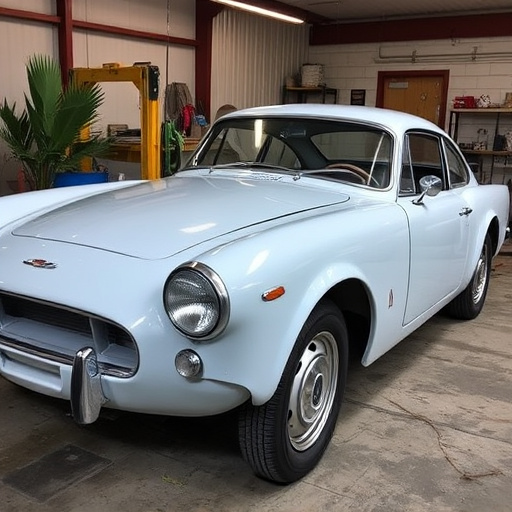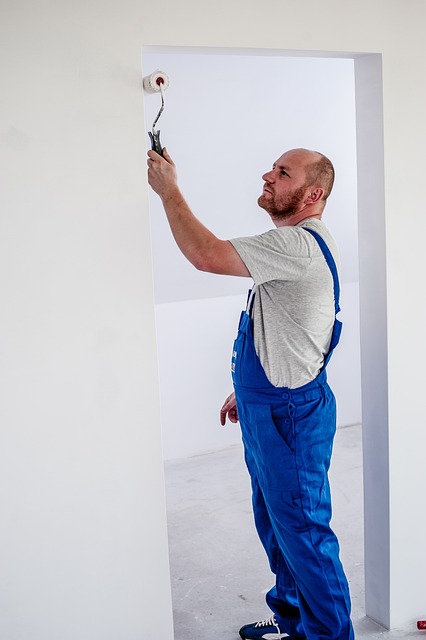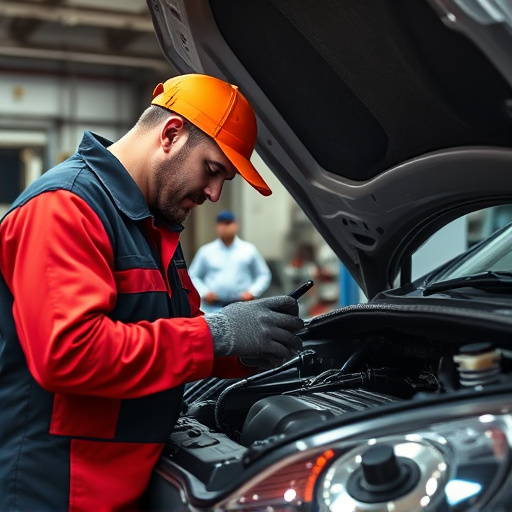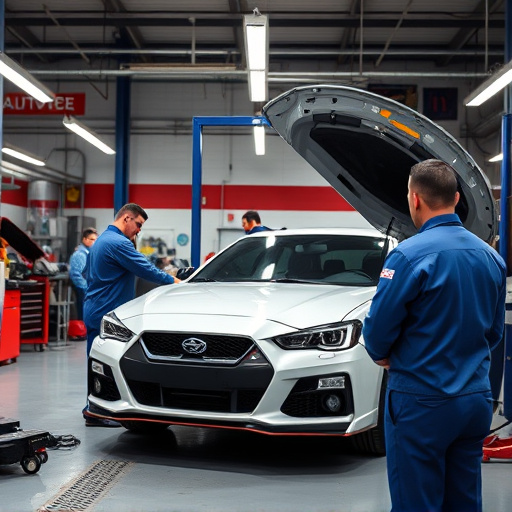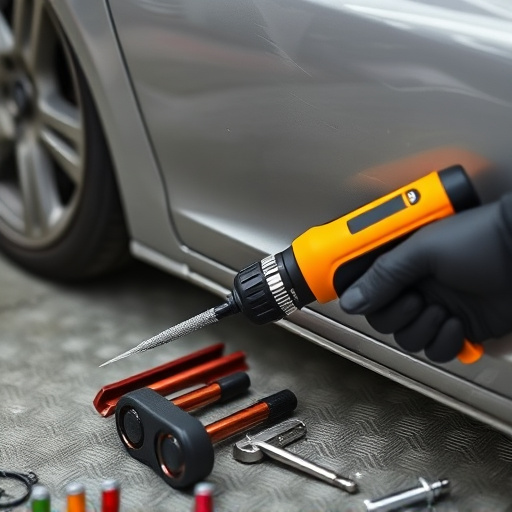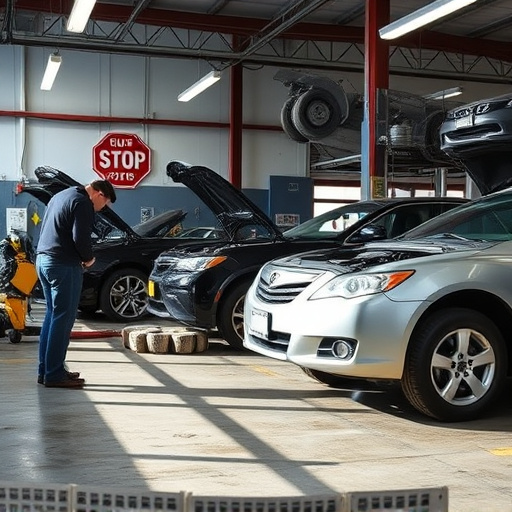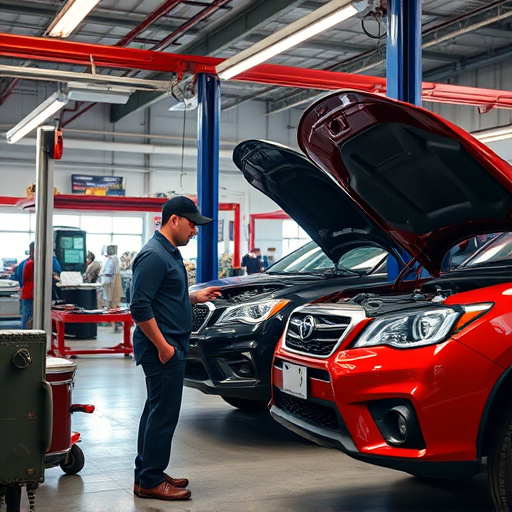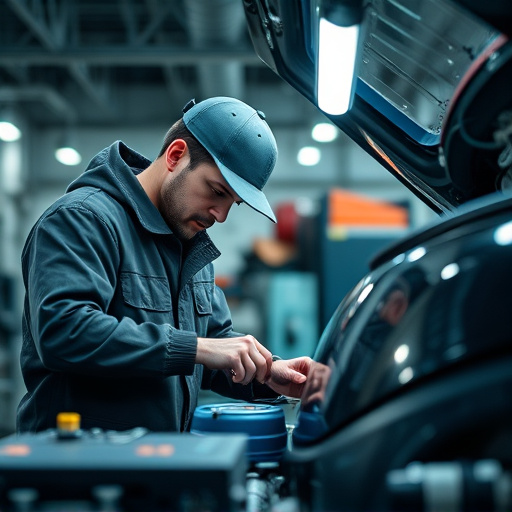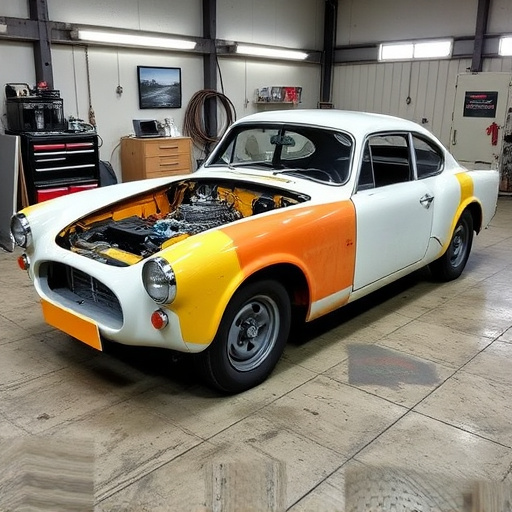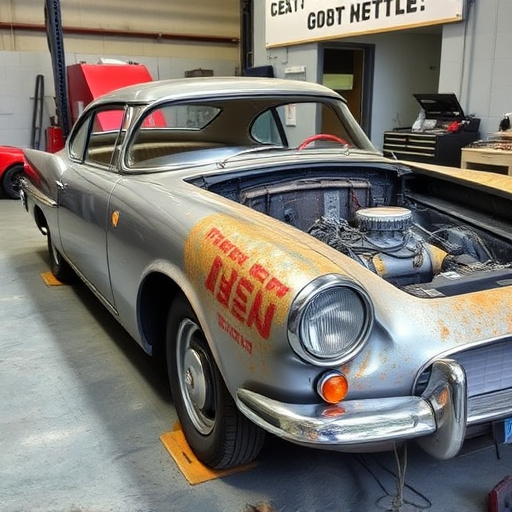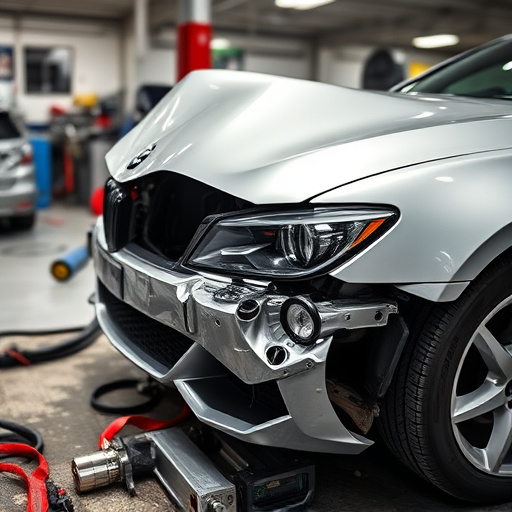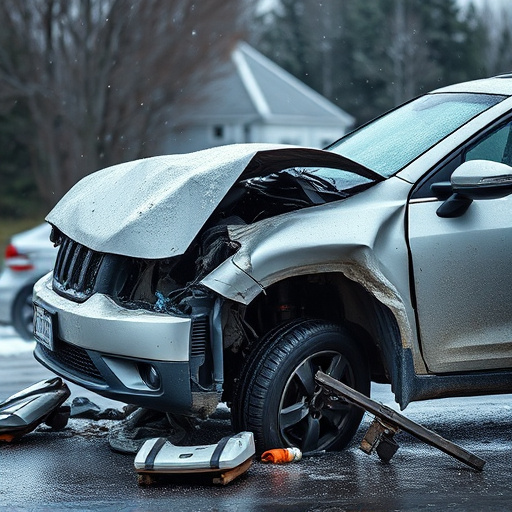Frame machine repair is crucial for maintaining automotive safety and longevity after accidents or manufacturing defects. Specialized technicians use advanced tools to diagnose and rectify frame issues, ensuring structural integrity. Post-repair care, including regular inspections, washing, and waxing, protects against corrosion and future damage, enhancing vehicle durability.
In the world of automotive customization, a reliable frame machine is paramount. This article offers an in-depth look at OEM recommendations for proper frame machine repair, addressing common issues and providing a comprehensive guide. From understanding structural problems to best practices for post-repair maintenance, these insights ensure longevity and quality. Whether you’re a professional or enthusiast, this step-by-step repair process will equip you with the knowledge to tackle frame machine repairs effectively, enhancing your vehicle’s performance and aesthetics.
- Understanding Common Frame Machine Issues
- Step-by-Step Repair Guide for Professionals
- Best Practices for Ensuring Longevity After Repair
Understanding Common Frame Machine Issues
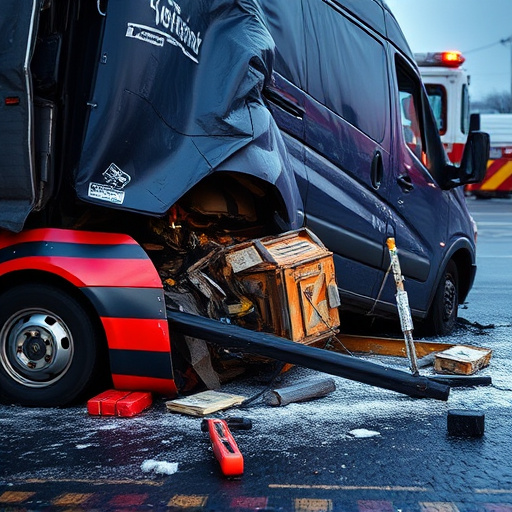
Frame machine repair is a critical aspect of automotive maintenance that often goes overlooked until issues arise. Common problems include misaligned frames, damaged or bent panels, and faulty welding. These issues can stem from various factors such as car accidents, lack of proper care, or subpar initial manufacturing. Recognizing these problems early on is essential for ensuring the safety and longevity of a vehicle.
When it comes to addressing frame machine repair needs, many individuals turn to auto repair near me for expert solutions. Car collision repair specialists are equipped with the necessary tools and expertise to identify and rectify these issues accurately. Auto body services offered by reputable shops not only restore structural integrity but also guarantee optimal performance during future drives, providing peace of mind for vehicle owners.
Step-by-Step Repair Guide for Professionals

When it comes to frame machine repair, professionals should follow a meticulous step-by-step guide to ensure precision and quality. The process begins with a thorough inspection to identify any damage or misalignments caused by minor accidents like fender benders. Using advanced diagnostic tools, technicians can pinpoint exact issues within the vehicle’s framework.
Next, the repair team prepares the frame for restoration by removing any debris or remaining components from the affected area. This critical step sets the foundation for accurate measurements and adjustments. Skilled mechanics then employ specialized equipment to straighten the frame, ensuring it returns to its original specifications. Throughout the auto maintenance process, regular checks ensure that each adjustment aligns with industry standards and safety protocols, making every car repair shop equipped to handle complex frame machine repairs effectively.
Best Practices for Ensuring Longevity After Repair

Proper frame machine repair is only half the battle; ensuring longevity after the fix is crucial. The first step involves thorough inspection post-repair to verify all components are securely fastened and aligned correctly. Any loose parts or misalignments can lead to future damage, compromising the structural integrity of the vehicle.
Implementing best practices for maintenance, such as regular washing and waxing, is essential. Protecting the repaired area with a high-quality wax coating acts as a barrier against environmental elements like road salt, UV rays, and harsh weather conditions, which can accelerate corrosion and damage. Additionally, scheduling periodic inspections at an auto body shop or auto repair shop for professional assessments ensures any potential issues are caught early, preventing more severe repairs down the line.
In conclusion, proper frame machine repair is paramount for maintaining equipment longevity and ensuring optimal performance. By understanding common issues, following step-by-step guides, and adopting best practices, OEM recommendations provide a comprehensive framework for professionals to deliver high-quality repairs. Investing time in these practices will not only extend the lifespan of frame machines but also enhance their efficiency and reliability in various industries.

